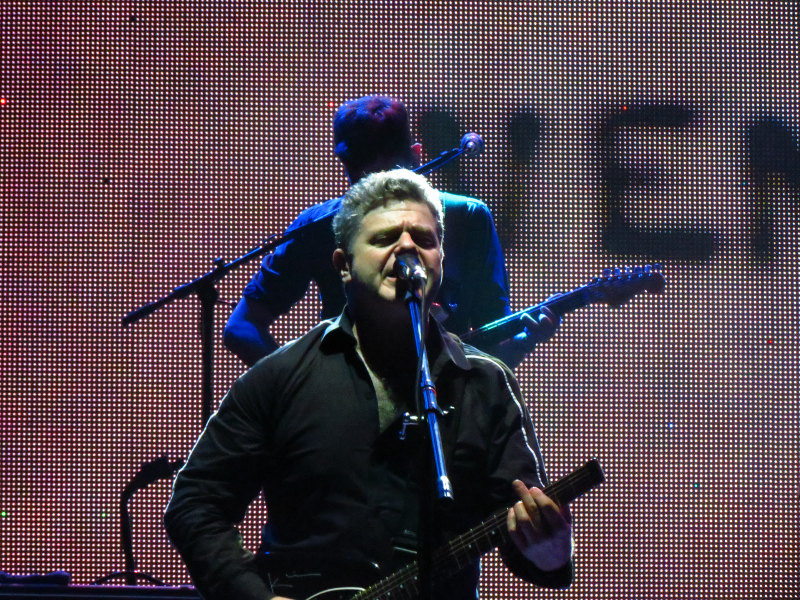Figure 1 – Gustavo Santaolalla. Source- Google
Choosing the path of a visual artist has come with its fair share of challenges. Whether it was creative blocks or bombardment of mediocrity, I always had a sense of incompleteness. I found myself standing alone, surrounded by chaos. I would plug in my earphones in an attempt to vacate reality. However, in this isolation, I found a small ray of light. I followed it, and it led me to the end of chaos. There were new beginnings, new possibilities, and a new life ahead. This is how I felt when I listened to Gustavo Santaolalla “At the Ghat” (Dhobi Ghat) for the first time. It was my turning point, beginning the dance between visuals and instrumentals.
The first time I heard Gustavo Santaolalla was in the Indian movie Dhobi Ghat, directed by Kiran Rao. The story was intriguing and the characters were impeccable, but it was the music that attracted me the most. In a lyric-addicted culture, Gustavo’s instrumentals were a fresh take on scene enhancement and gave an open interpretation of every emotion reflected in the movie. It made me decide to explore my newfound curiosity for music.
After spending weeks drifting in Santaolalla’s discography, I began to see monochrome frames around me, as if his instrumentals were guiding my visuals towards a story. Inspired, I picked up my camera and began creating photographs that became a visual representation of the combination of his music and my aesthetics. A sense of completeness and growing curiosity started to develop in my mind, so I dug deeper and found other artists whose musical reach I considered to be beyond this world. Artists like Hans Zimmer, Siddhartha Khosla, Hammock, Sufjan Stevens, Mogwai, Eric Whitaker, Trent Reznor, Atticus Moss started to influence the way I saw the visual world. Every note and pitch was coming alive. Their music taught me the value of raw emotions.

Figure 2 – Shift in the creative process. Source – Photographed by Anand Subramanian
Listening to instrumentals became a necessity during my visual workflow, making my creative output more flexible and unpredictable. It became a priority to portray reality with a mix of aesthetics and to widen the web of art. This opened up a new world of creative aspects for me, where one form of art influenced the other, completing each other and elevating them into new aspects of design forms without overlapping each other’s rhythm. In every photographer’s workflow, there is always music, because a silent mind can distract an artist easily.

Figure 3 -New way of seeing visuals. Source – Photographed by Anand Subramanian
Audiences will always see the photograph, its depth, its subject, its light, and its emotion. But, behind all the visual elements, they will never hear the music that made the image impactful, emotional, and memorable. Behind every image there is music that is lurking around the photographer’s mind, pushing the right buttons, and continuing the dance between instrumentals and visuals.

Anand Subramanian is a freelance photographer and content writer based out of Tamil Nadu, India. Having a background in Engineering always made him curious about life on the other side of the spectrum. He leapt forward towards the Photography life and never looked back. Specializing in Documentary and Portrait photography gave him an up-close and personal view into the complexities of human beings and those experiences helped him branch out from visual to words. Today he is mentoring passionate photographers and writing about the different dimensions of the art world.





